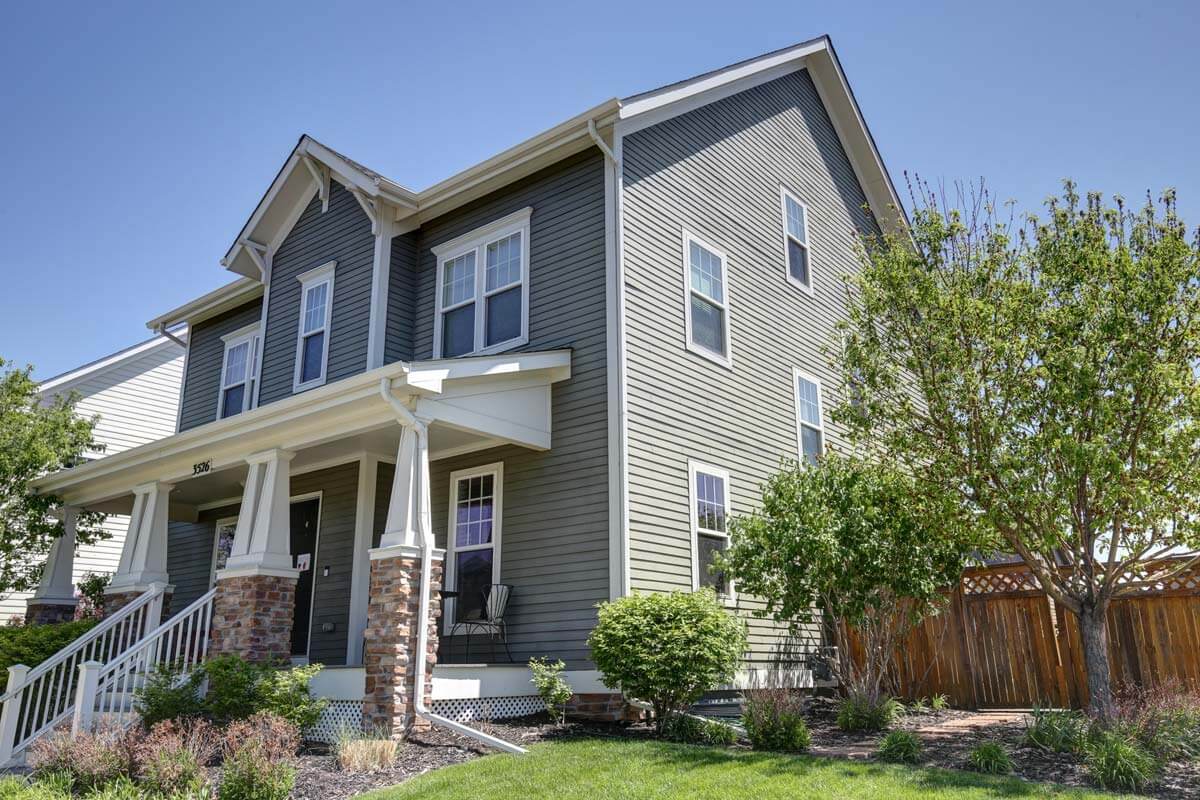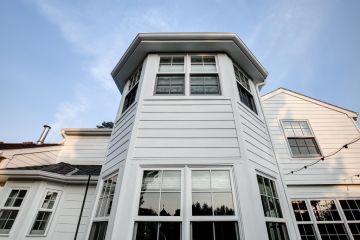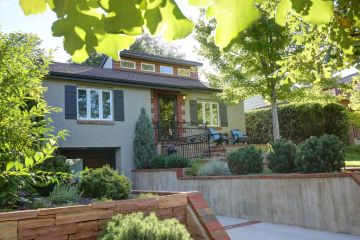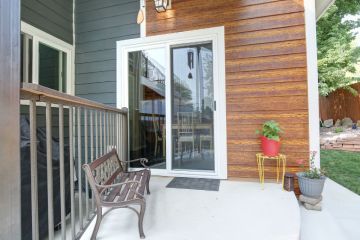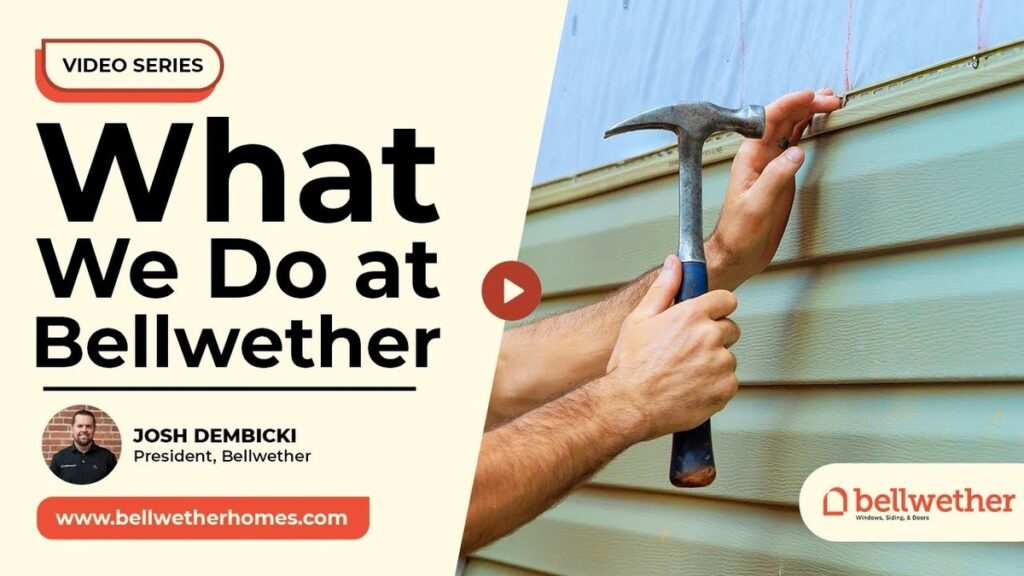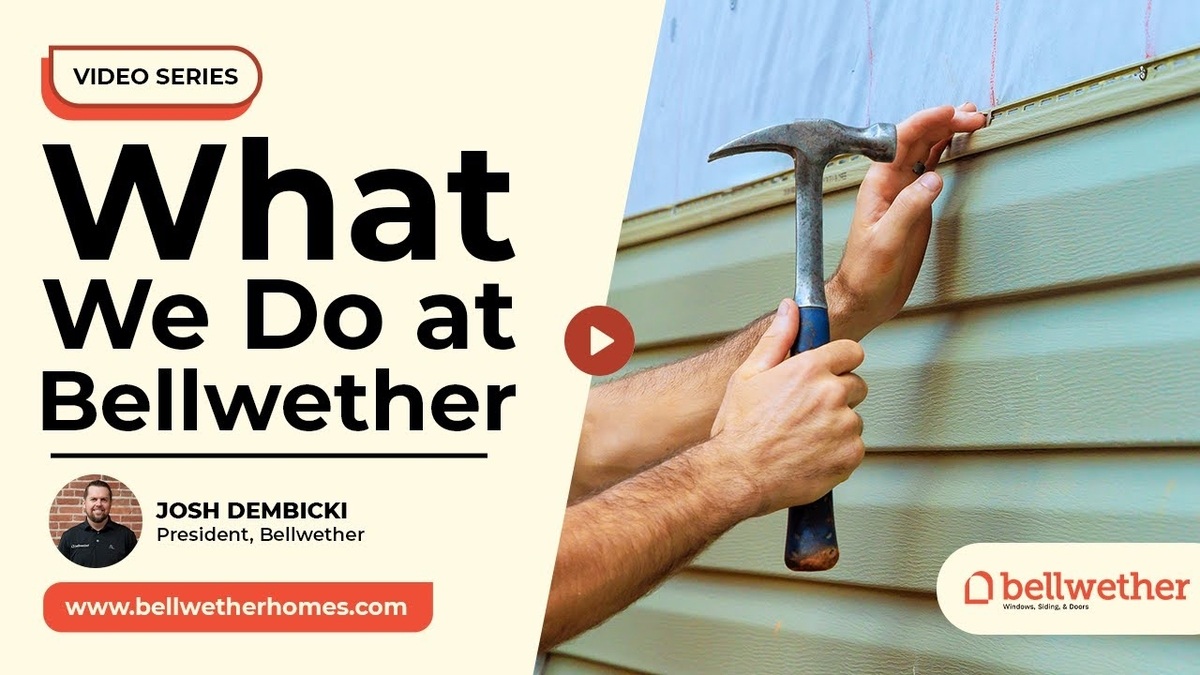Choosing the right siding for your home involves more than just picking a color or material—it also includes deciding on the orientation of the siding. Whether horizontal or vertical, the direction in which your siding is installed can significantly impact your home’s overall appearance and performance. This blog post will guide you through the benefits and considerations of both horizontal and vertical siding to help you make the best choice for your home.
Understanding Siding Orientation
Before we compare the specific orientations, it’s important to understand what we mean by horizontal and vertical siding. Horizontal siding runs across the length of your home and is the more traditional choice in residential architecture. Vertical siding, on the other hand, runs up and down and is often used to create a more unique and modern aesthetic.
Horizontal Siding: Traditional and Timeless
Benefits of Horizontal Siding
Horizontal siding is a popular choice for many homeowners due to its classic look that complements a wide variety of home styles. This type of siding often makes homes appear longer and more grounded. It is generally easier to install than vertical siding, which can mean a lower cost in labor.
Considerations for Horizontal Siding
While horizontal siding is loved for its traditional appeal, it does have some downsides. For instance, it can be more susceptible to water penetration, especially if not properly installed with a good water-resistant barrier. Over time, water seeping underneath the siding panels can lead to damage and might require more maintenance.
Vertical Siding: Modern and Striking
Benefits of Vertical Siding
Vertical siding can give your home a modern twist and is often used in contemporary home designs. It can also make a house appear taller, creating a commanding presence. Practically, vertical siding offers better water runoff, making it less likely to suffer from water damage over time.
Considerations for Vertical Siding
The installation of vertical siding can be more challenging and, as a result, more expensive. It requires additional furring strips to be installed over the sheathing to create a flat surface for the siding panels, adding to both material and labor costs.
Factors to Consider When Choosing Your Siding
When deciding between horizontal or vertical siding, consider the following aspects:
- Home Style: Traditional homes often look best with horizontal siding, while modern or unique architectural styles might benefit from the bold lines of vertical siding.
- Local Climate: Areas with heavy rainfall might benefit from vertical siding due to its superior water shedding capabilities.
- Maintenance Requirements: Consider how much time and effort you are willing to put into maintaining your siding. Horizontal siding may require more frequent checks for water damage.
- Budget: Since vertical siding can be more expensive to install, your budget might also influence your choice.
Installation and Maintenance
No matter which siding orientation you choose, proper installation is key to ensuring longevity and performance. It’s advisable to hire experienced professionals who can install the siding correctly and advise on the best practices for maintaining it. Regular maintenance checks can help spot any issues early on, potentially saving you from costly repairs down the road.
Conclusion
Both horizontal and vertical siding have their own sets of advantages and considerations. Your choice will largely depend on your personal taste, budget, and the architectural style of your home. By understanding the characteristics of each orientation, you can make a more informed decision that enhances both the aesthetics and functionality of your home. If you have further questions about choosing the right siding for your home, feel free to contact us for assistance.


